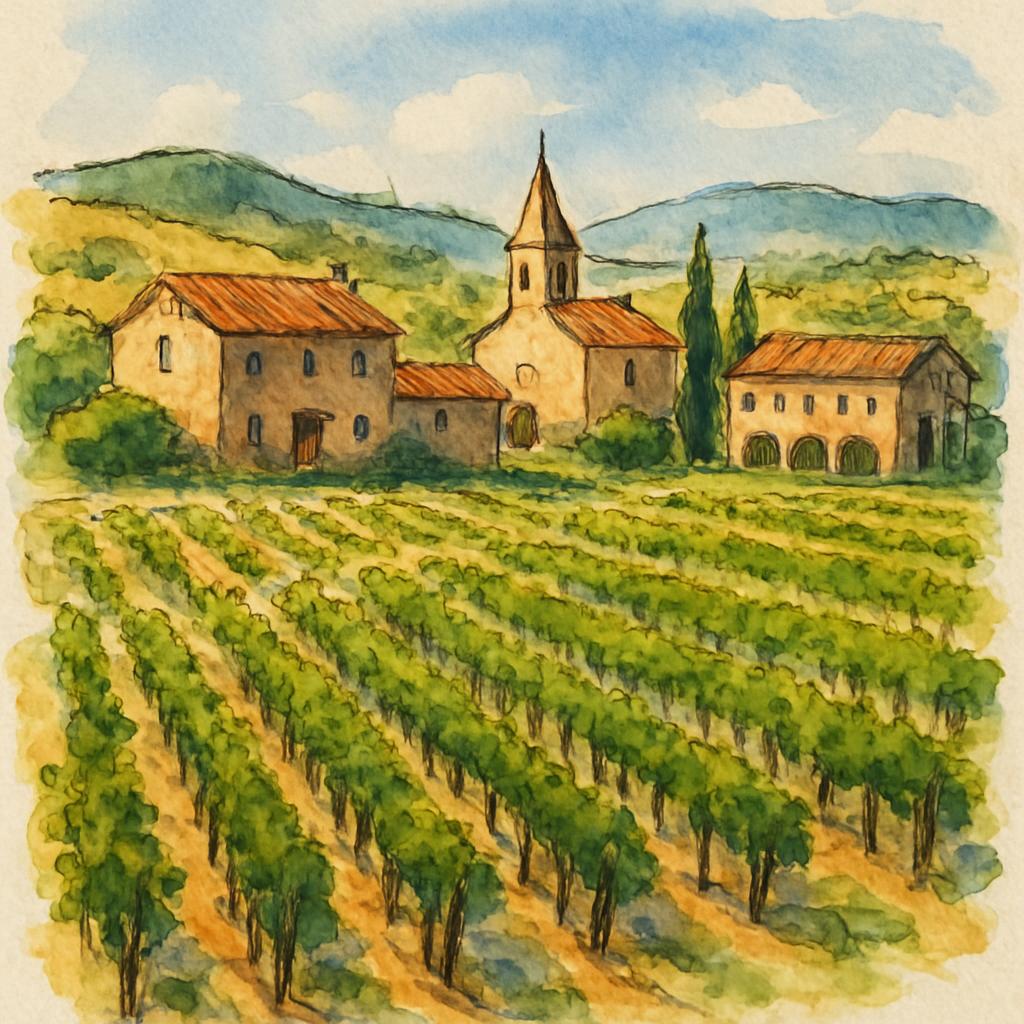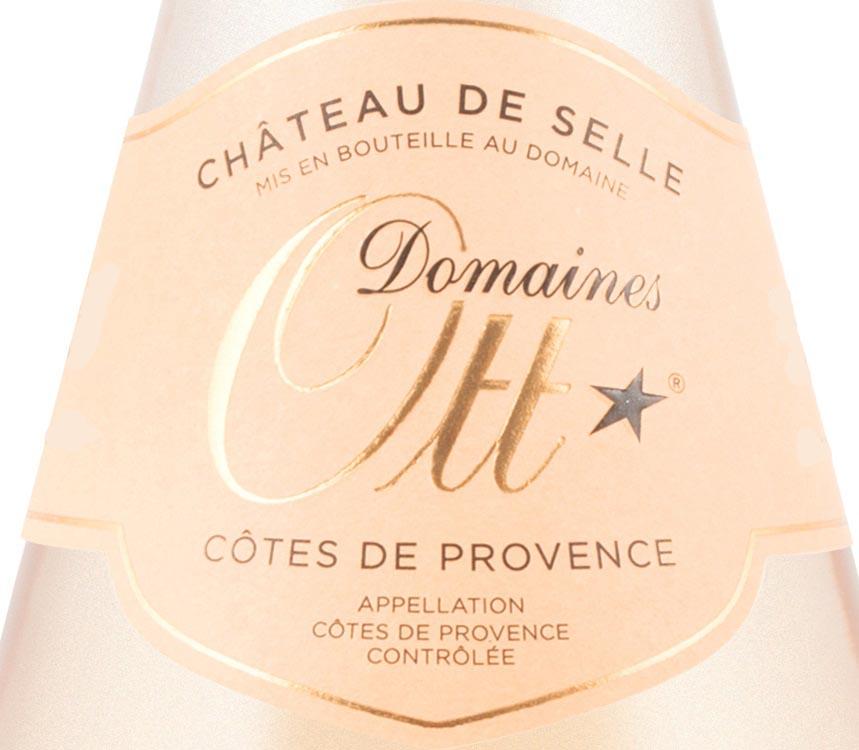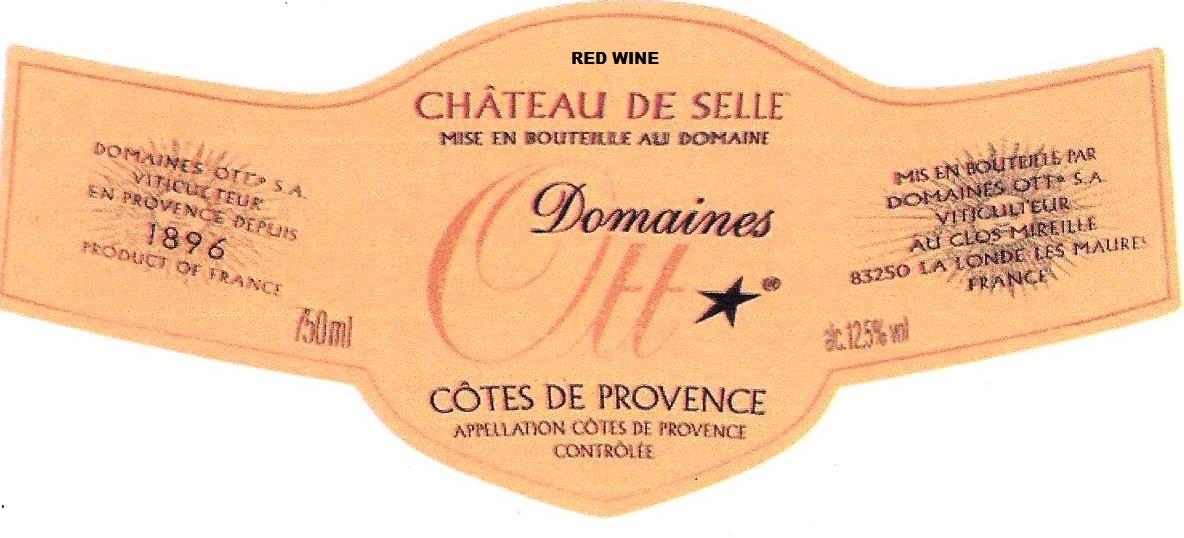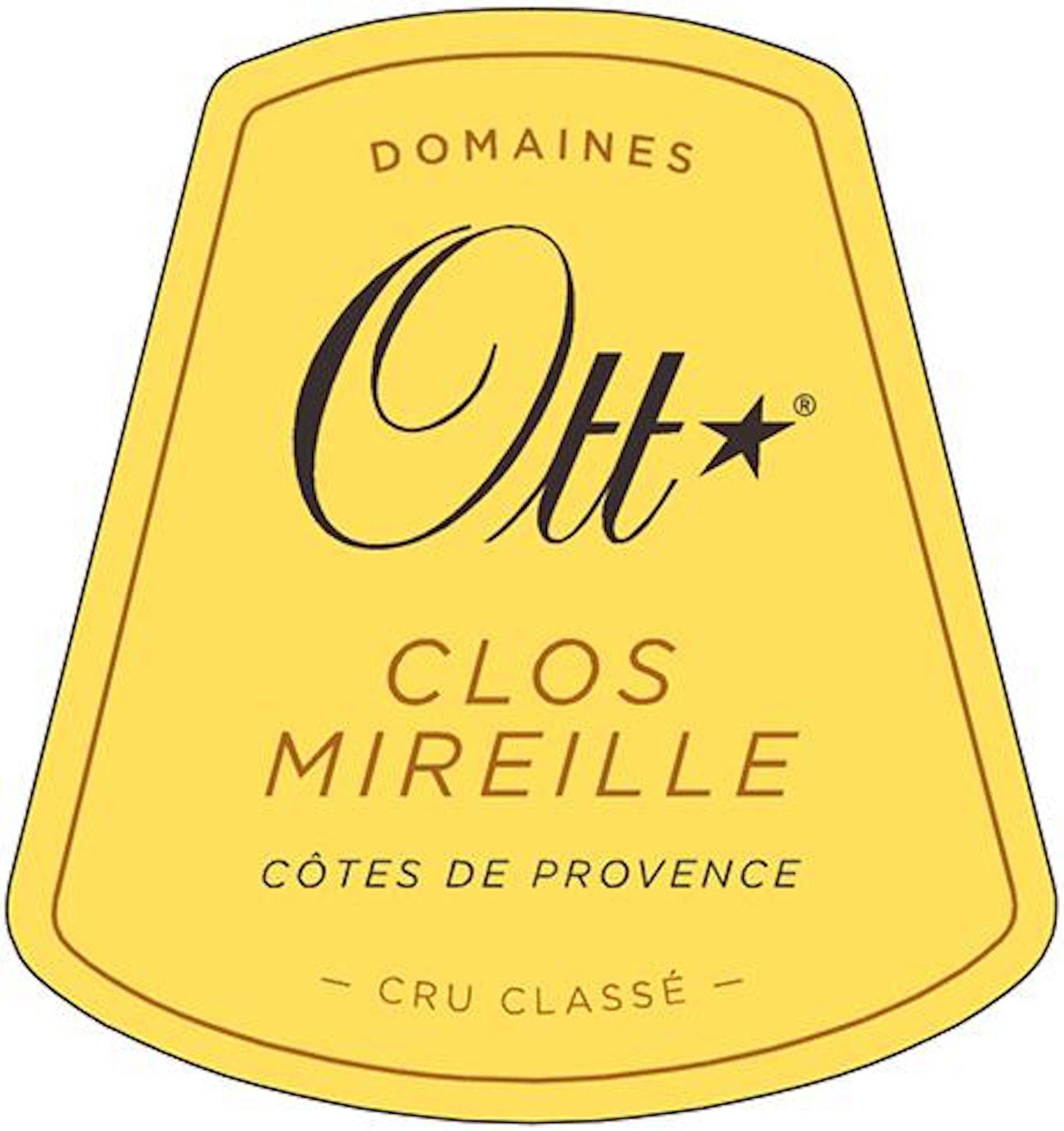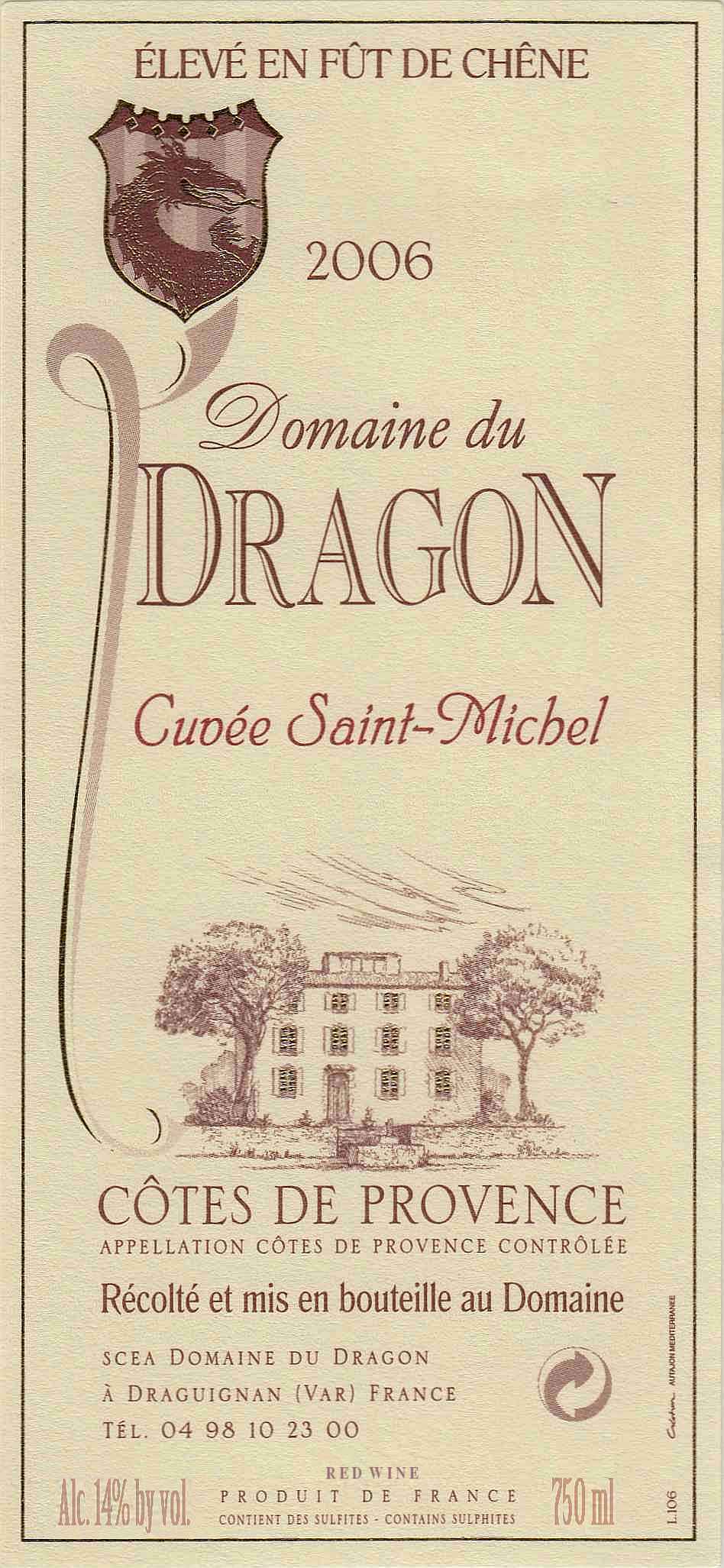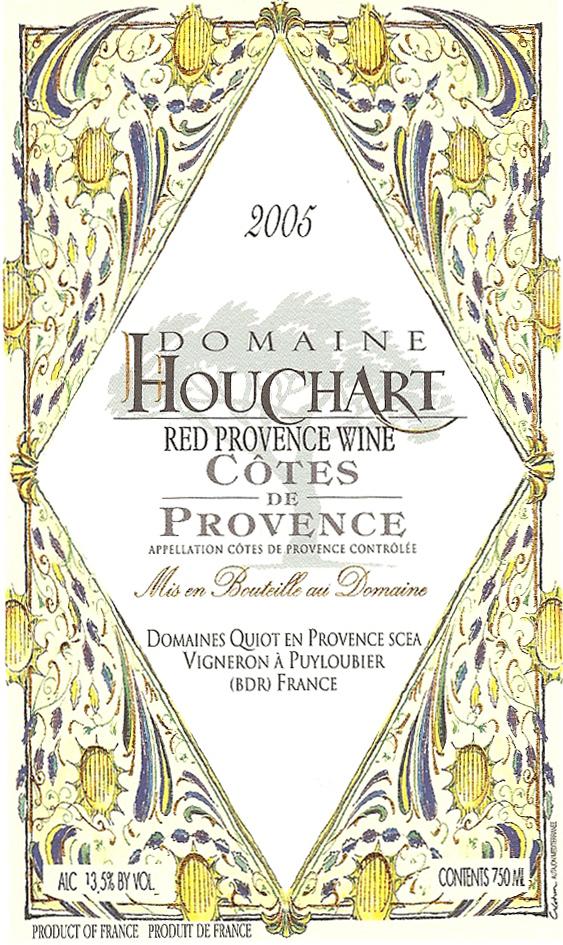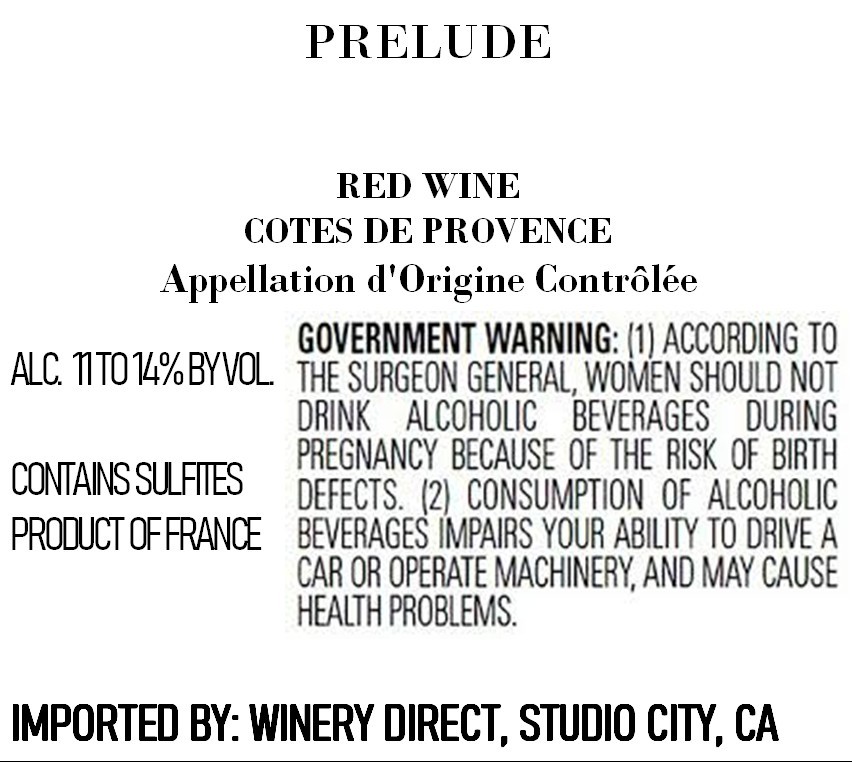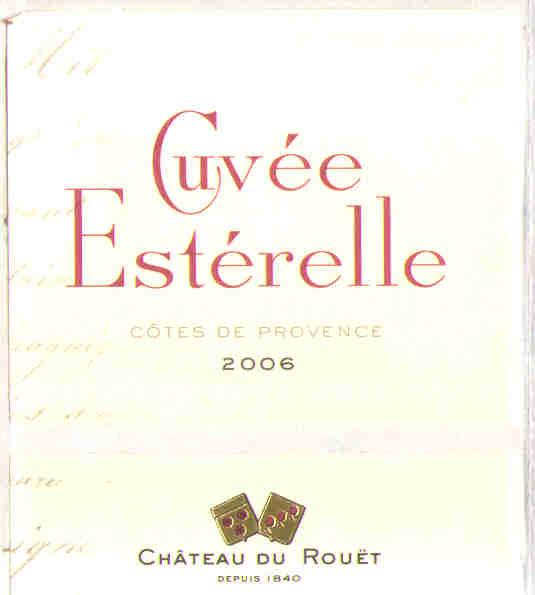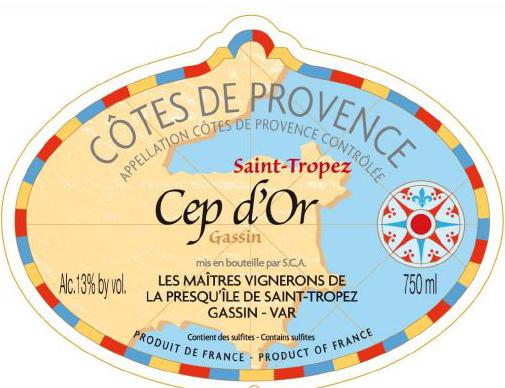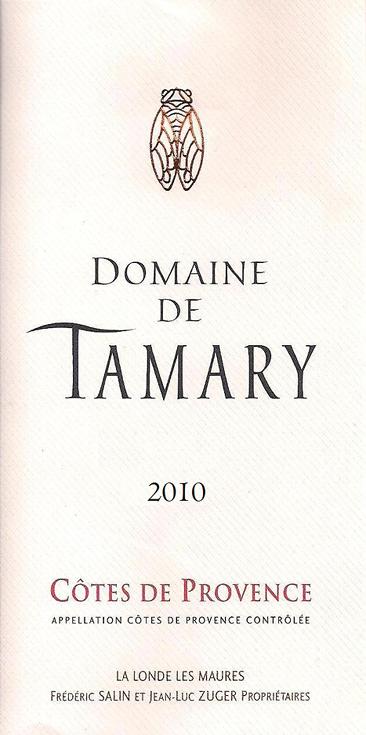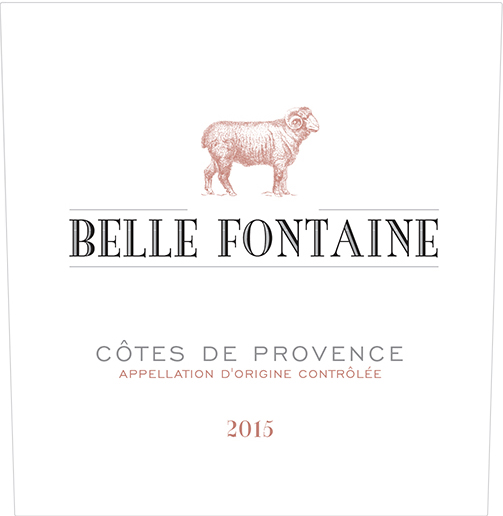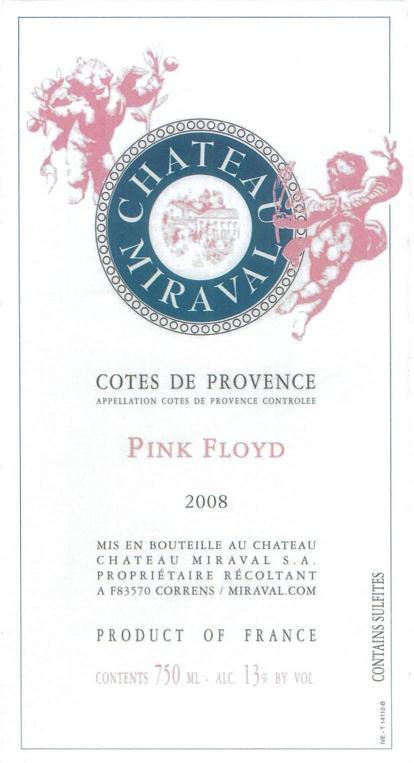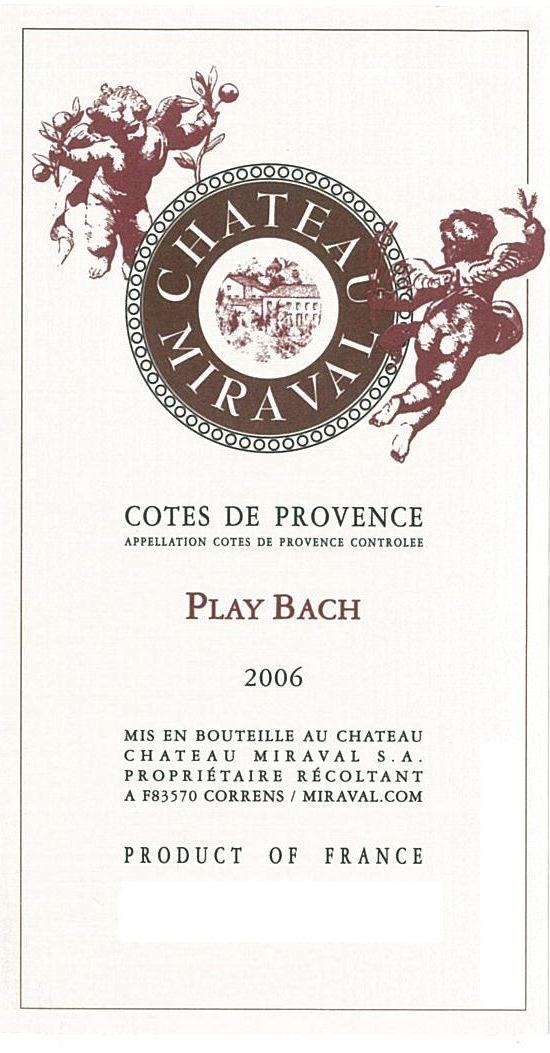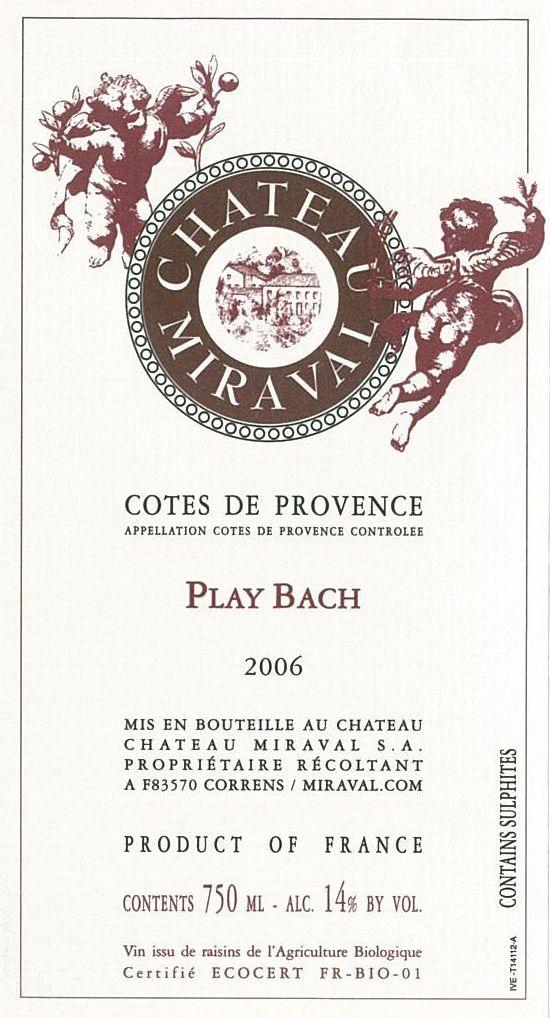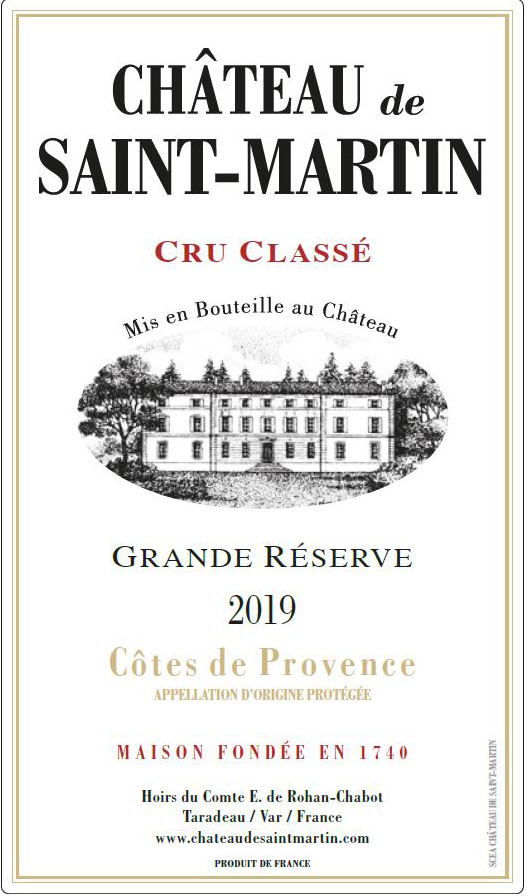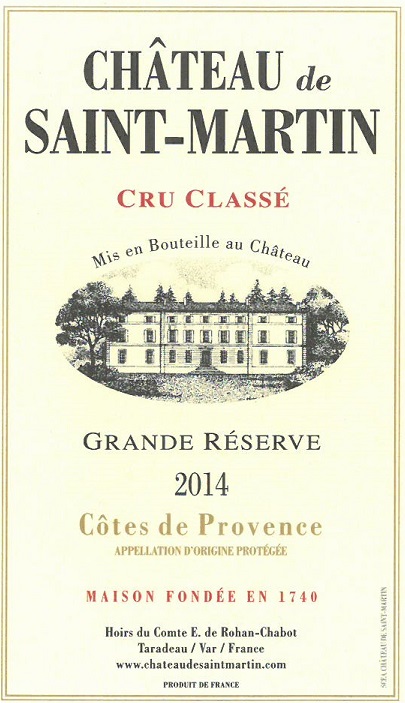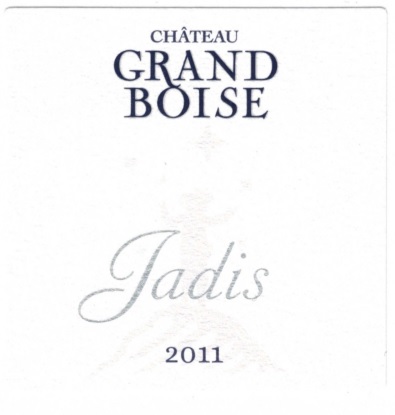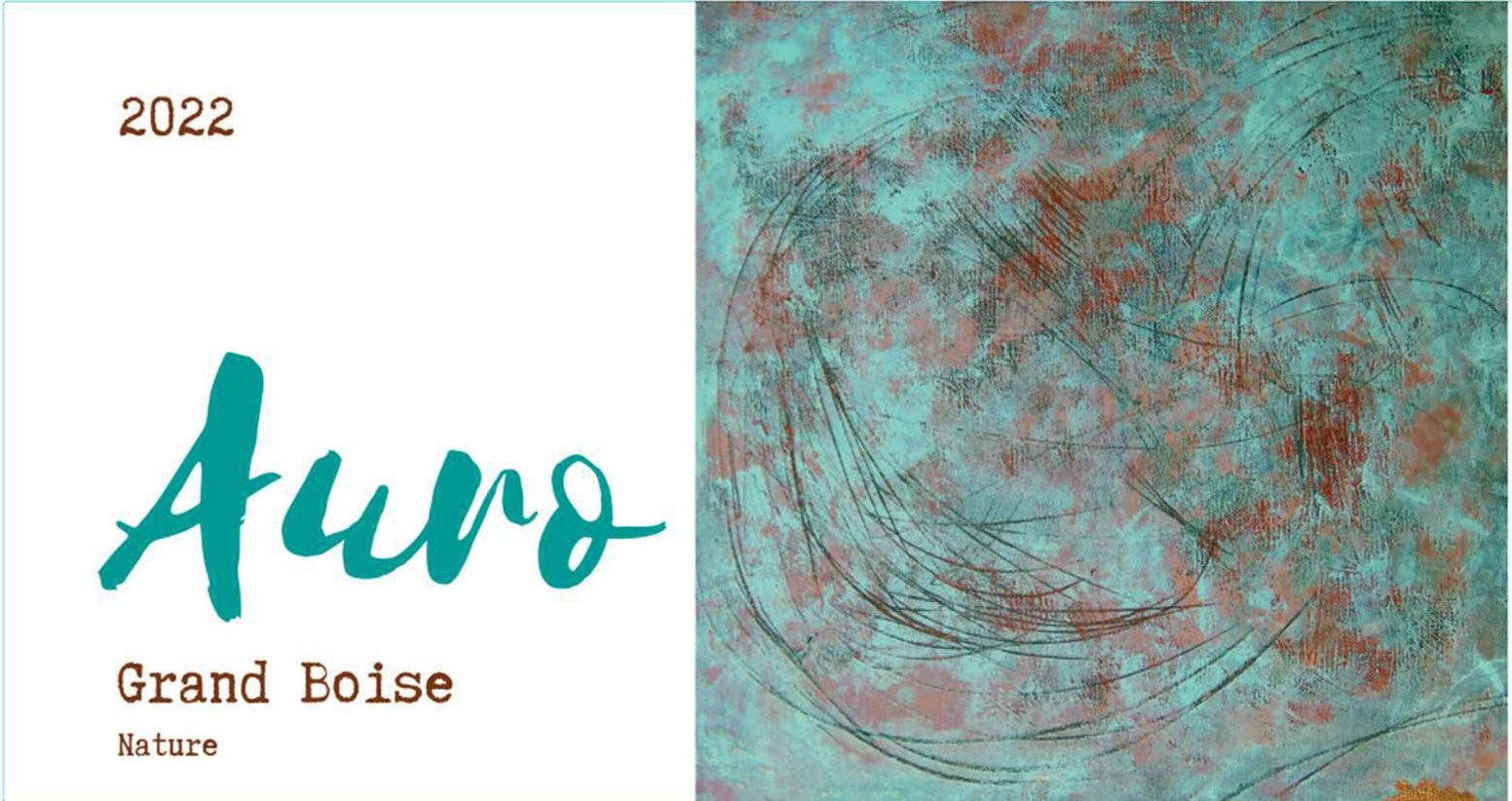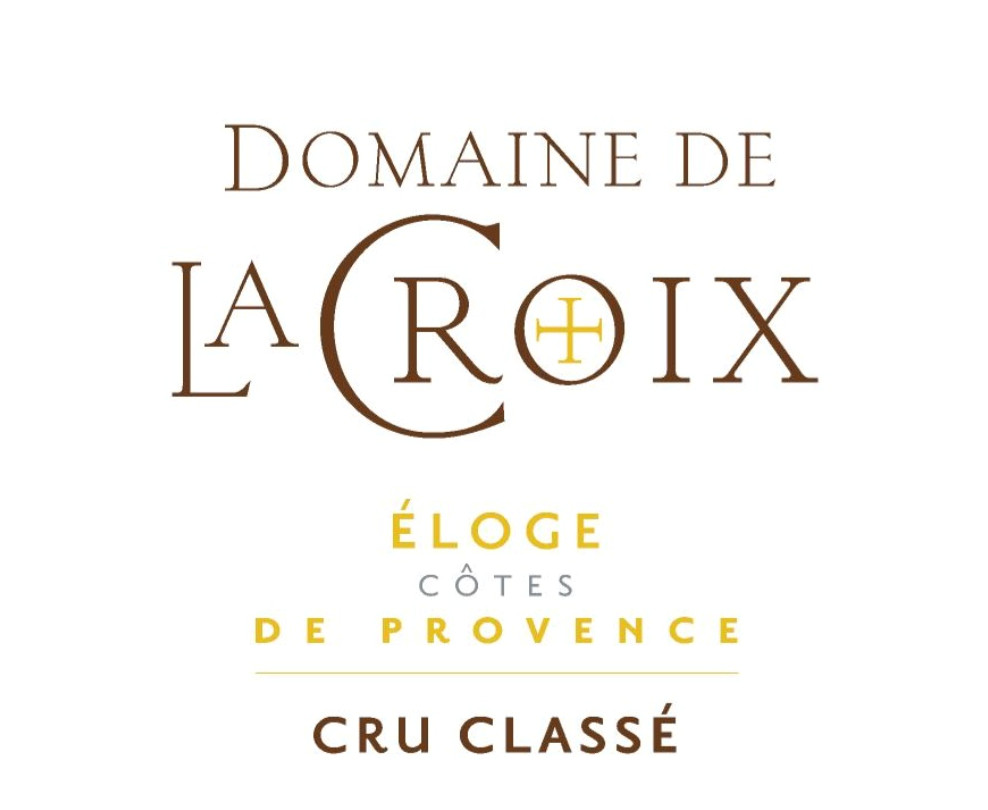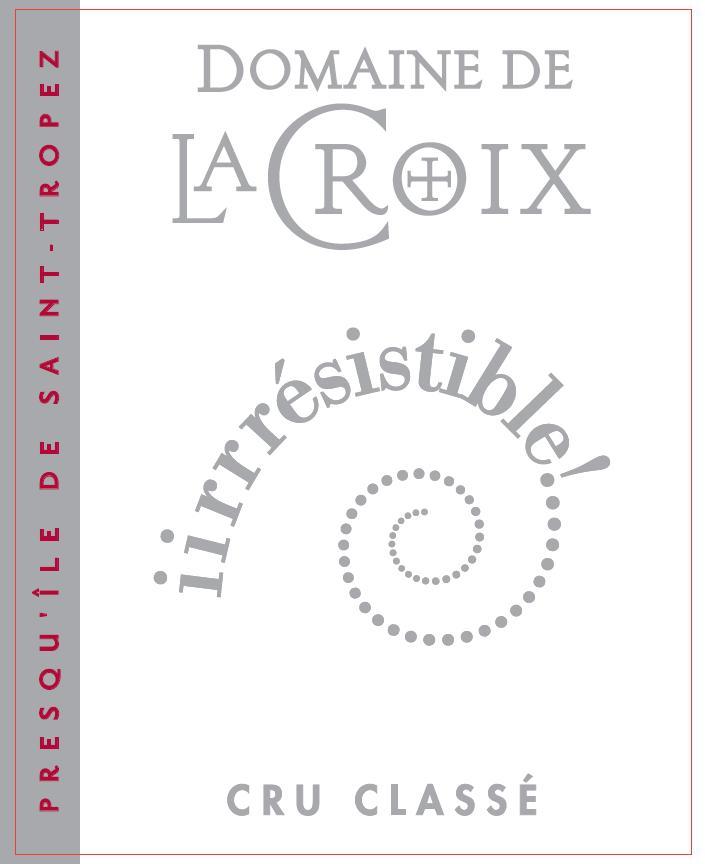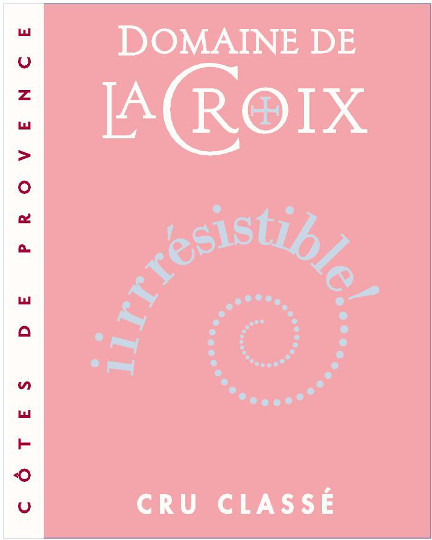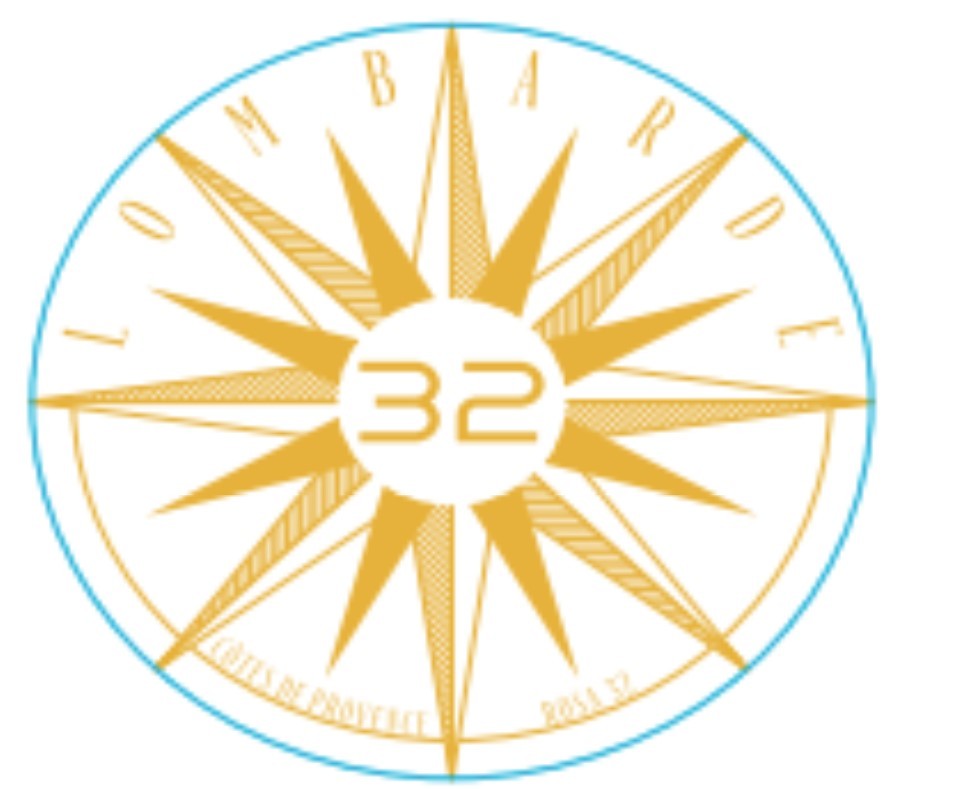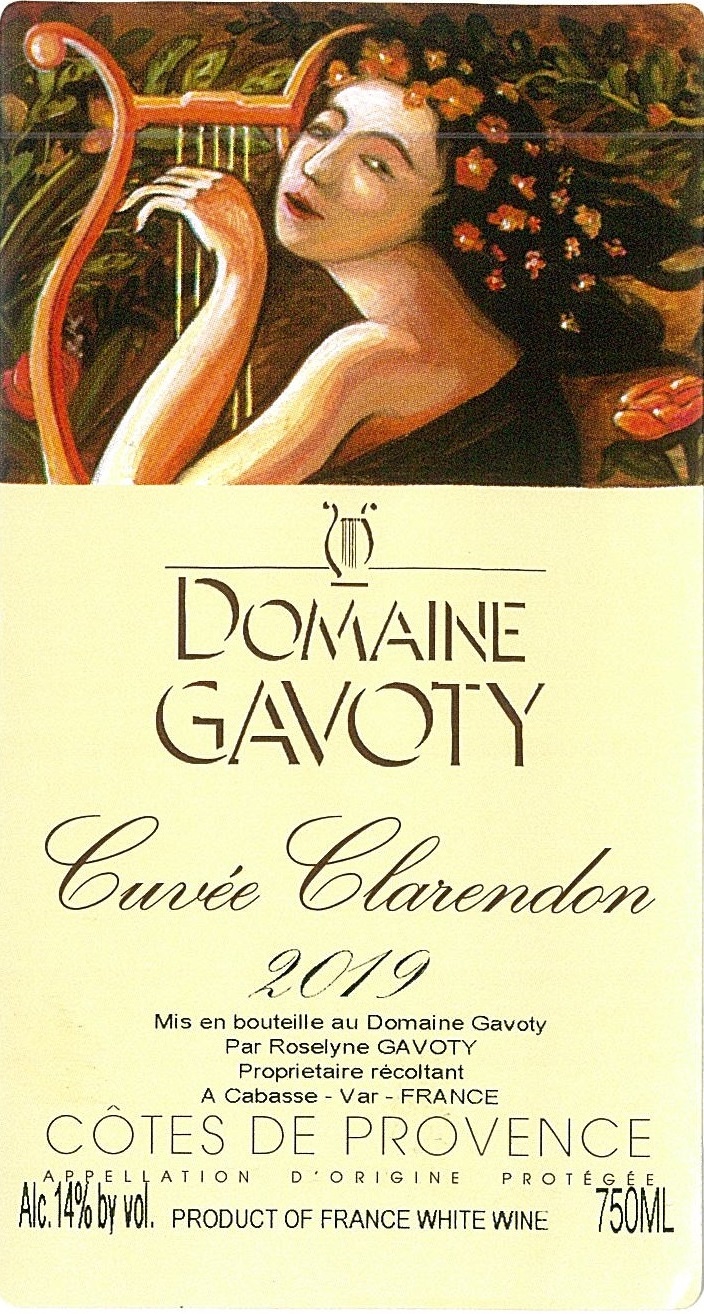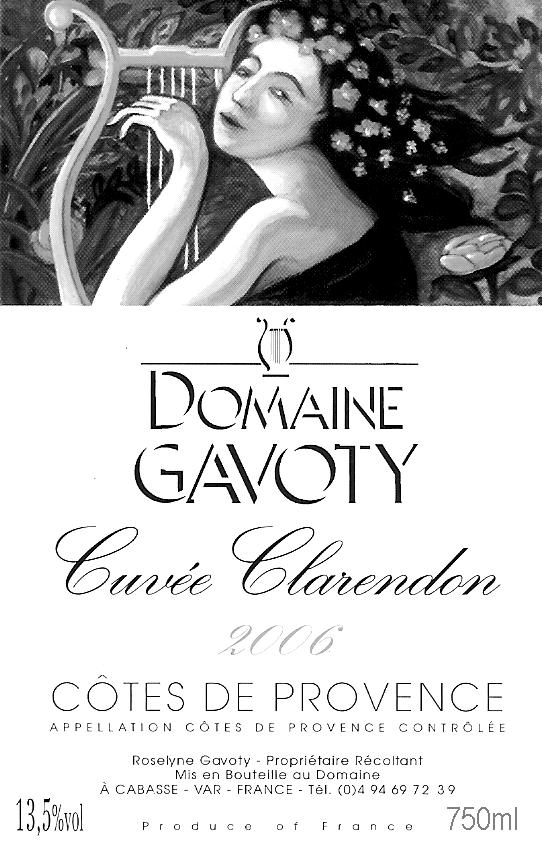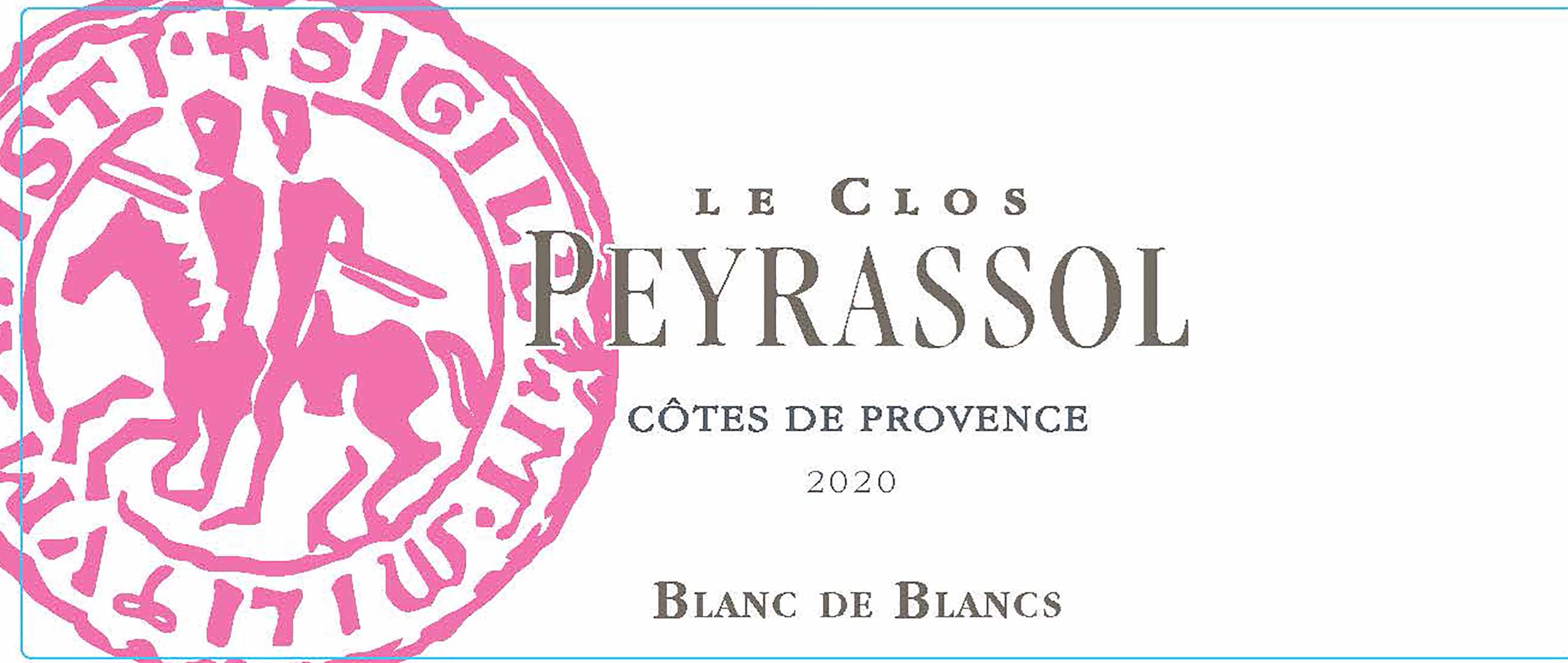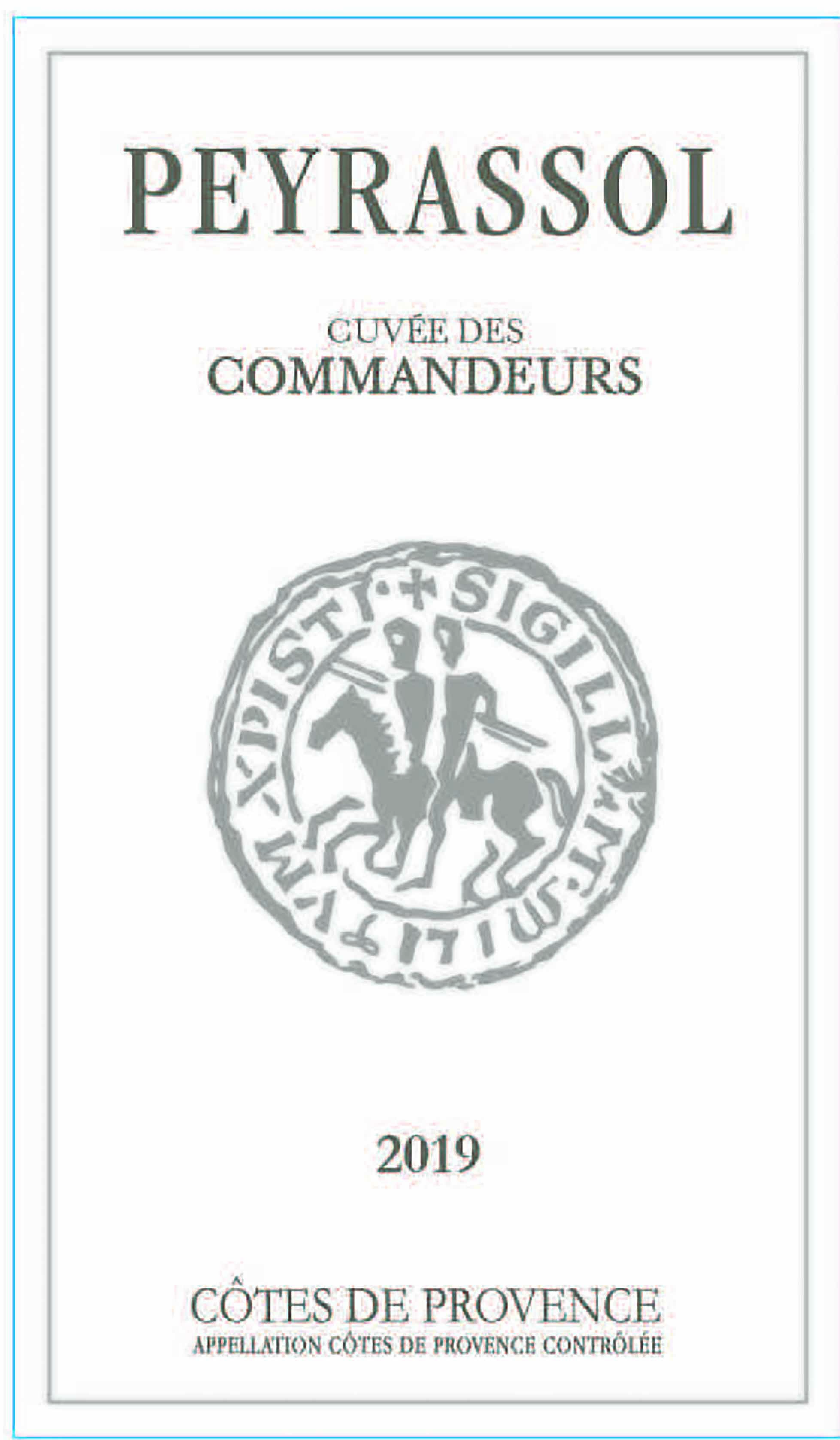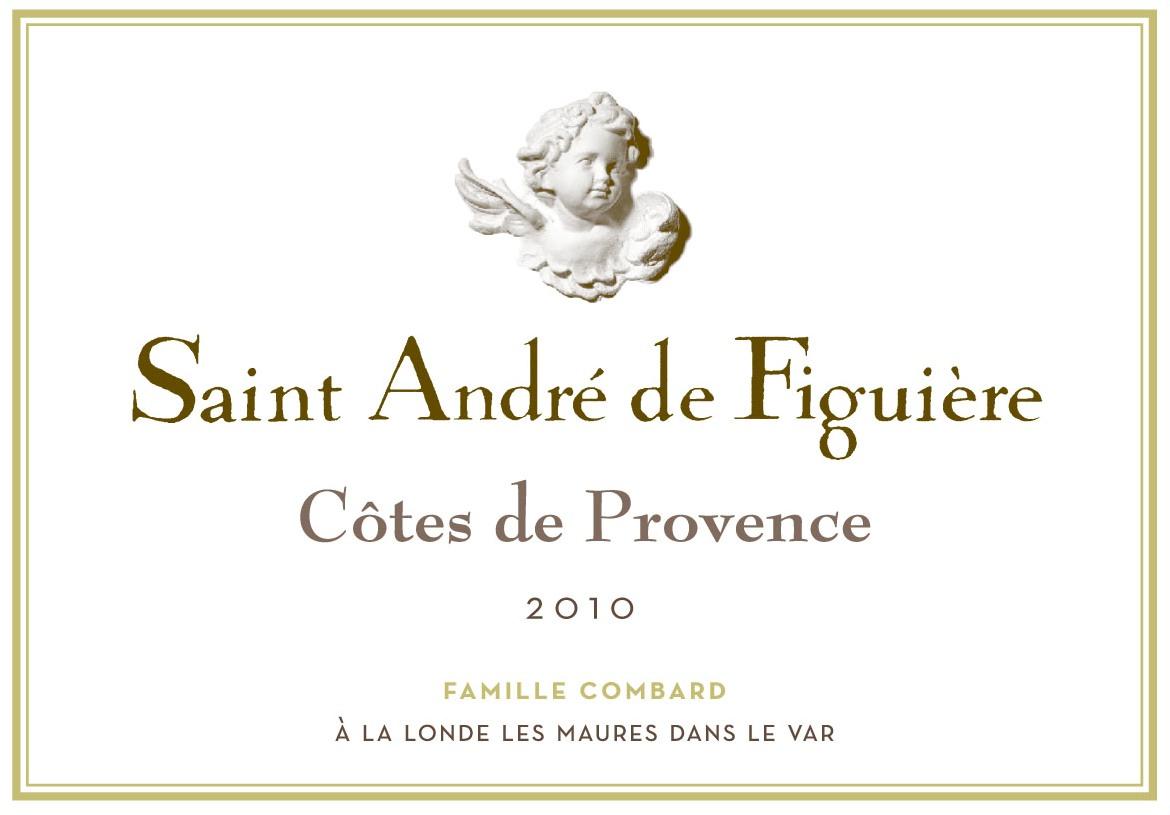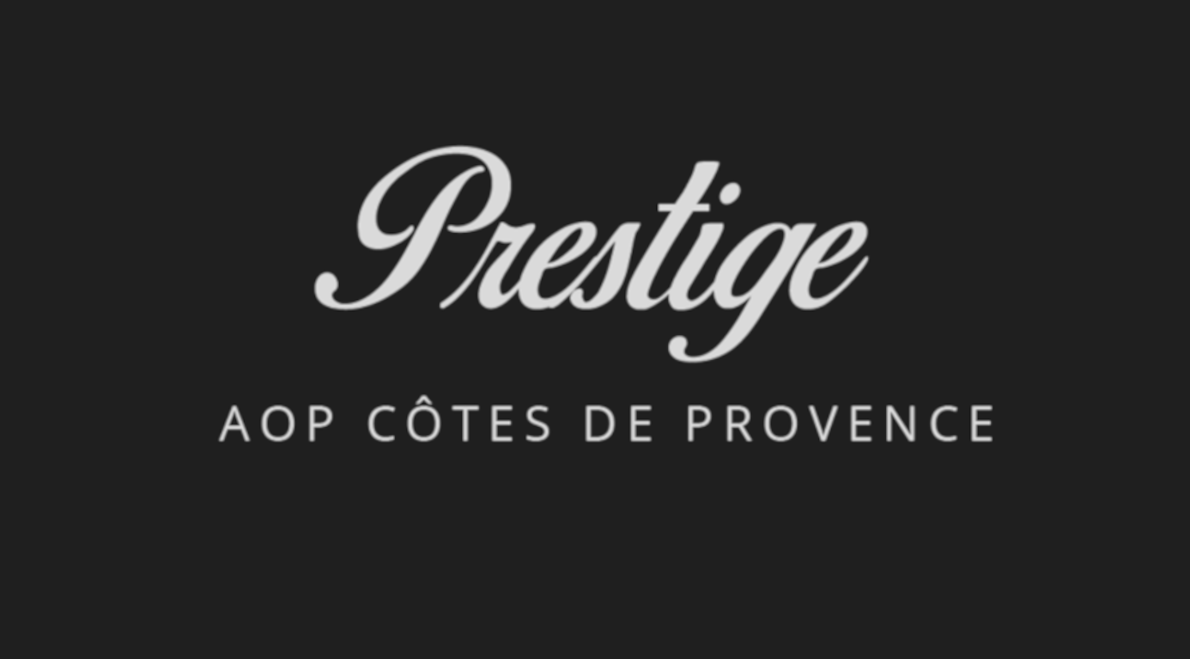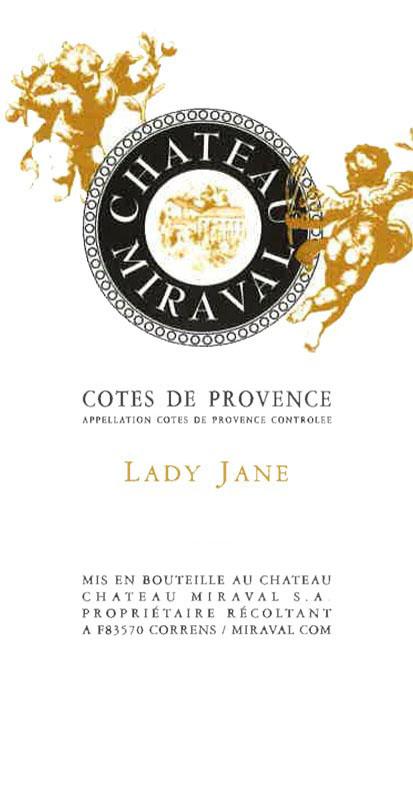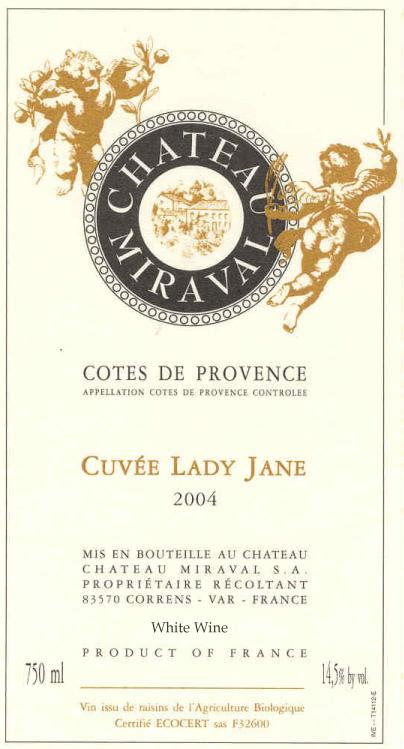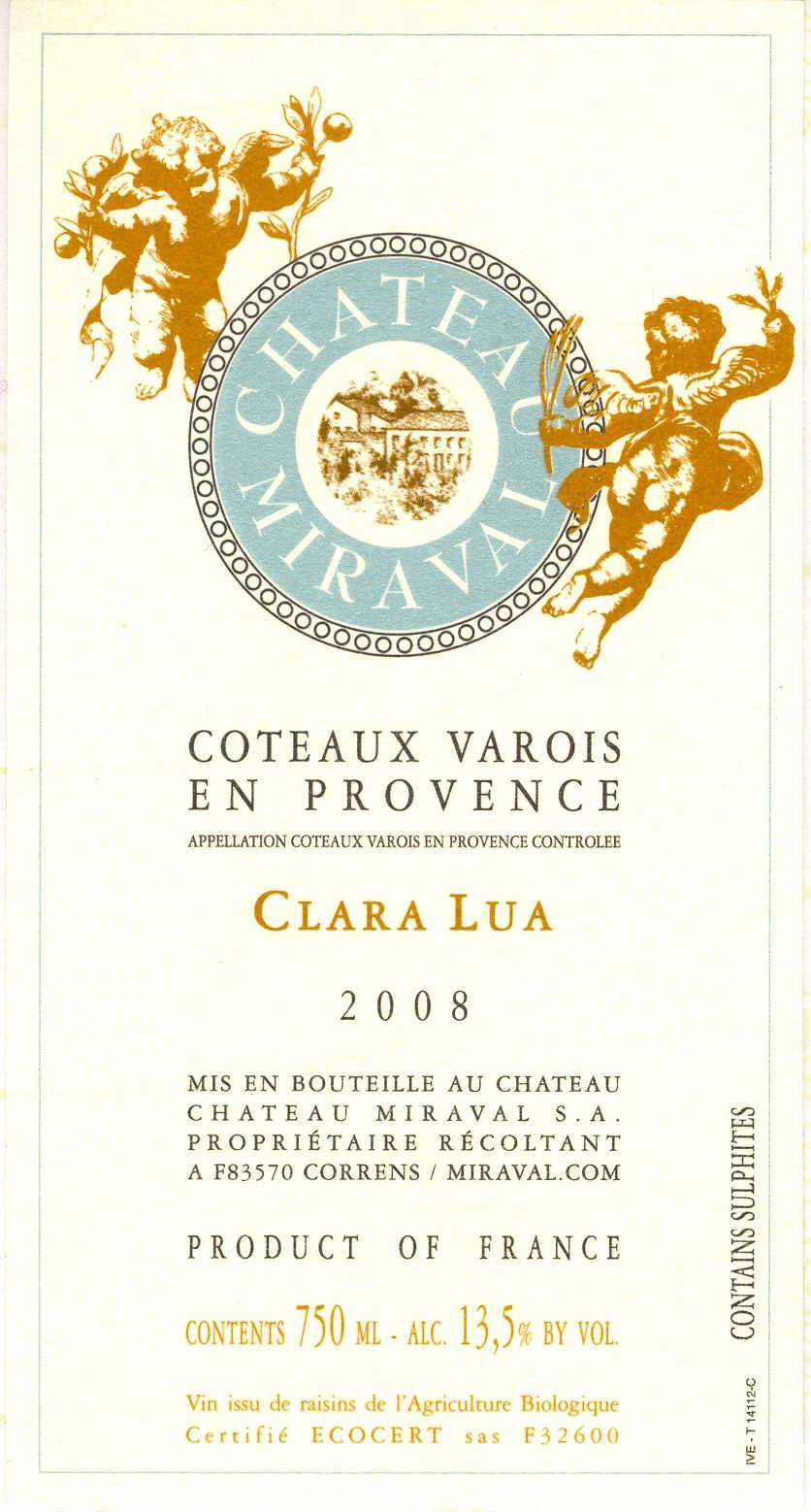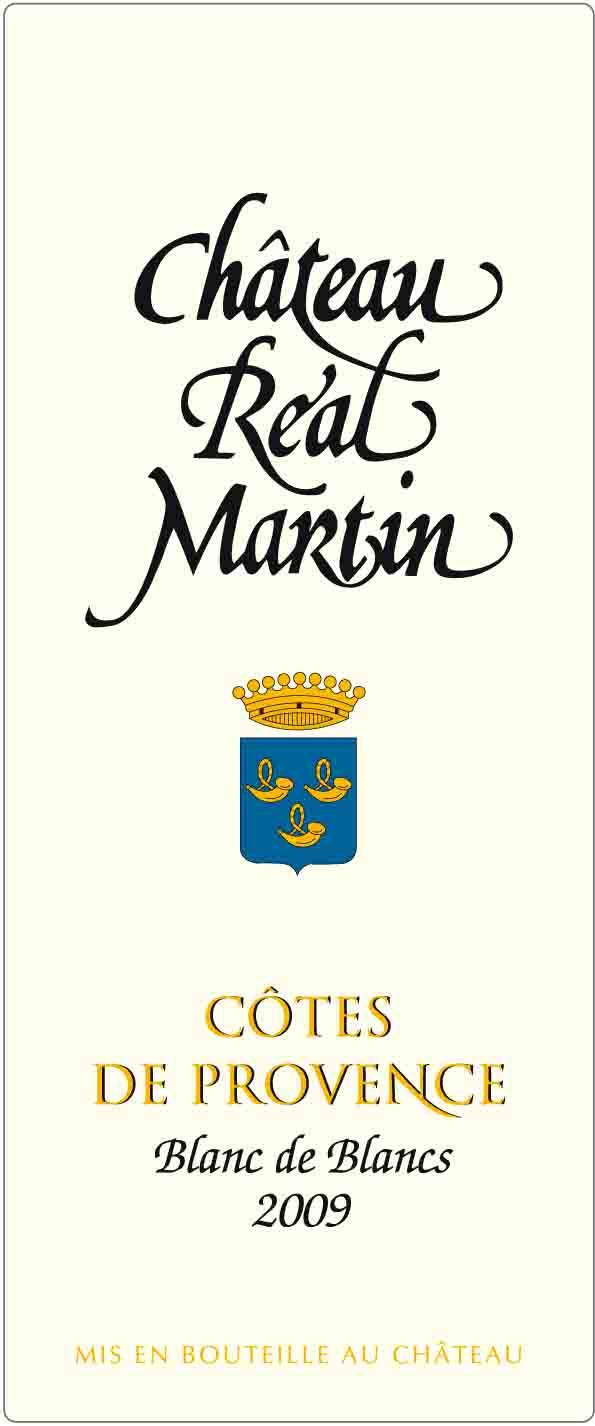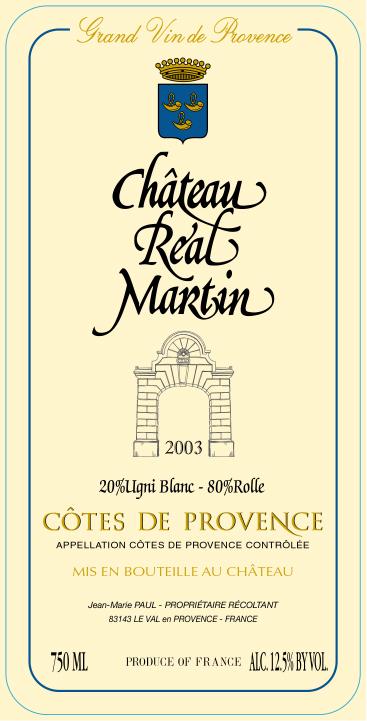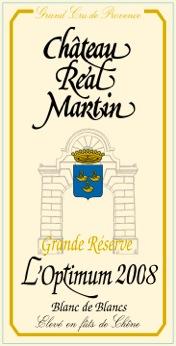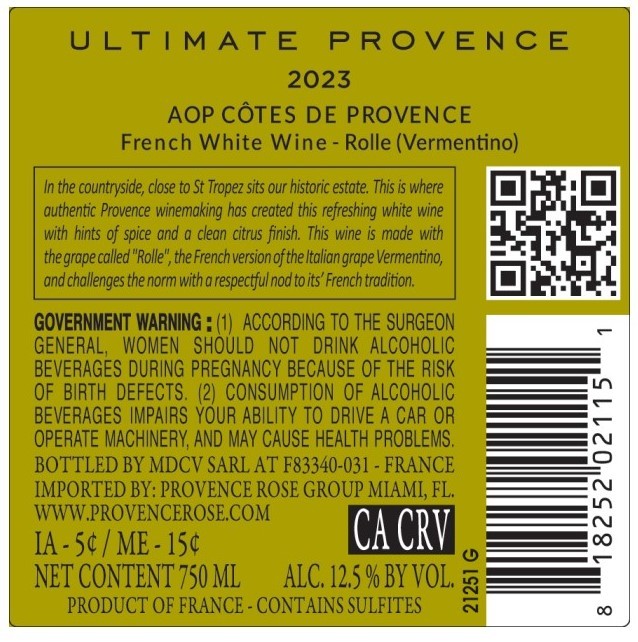Terroir of Côtes de Provence
Côtes de Provence features a diverse landscape with vineyards spread across rolling plateaus, coastal hills, and the Alpine foothills. The soil varies but is generally poor and well-drained, including limestone and marl in the west, sandy gravel and schist in the east, and some volcanic soils. This variety encourages vines to dig deep, enhancing the terroir's complexity.
The Mediterranean climate brings hot, dry summers and mild winters with lots of sunshine. Rain is rare, mostly in fall and late spring, while the Mistral wind helps dry the vines and reduce disease risk. Coastal breezes cool the evenings, preserving the wine's acidity. With long sunny days and little rain, grapes develop concentrated flavors, resulting in wines that are fresh and refined.
Notable Wineries in Côtes de Provence
Provence, with its sun-drenched landscapes and maritime climate, is home to some of the world's most exquisite rosé wines. Its vineyards, nestled between coastal plains and Alpine foothills, produce wines that are both refreshing and complex. Here are some iconic wineries that capture the essence of this region:
-
Domaine Ott – Château de Selle: Known for its pale, textured rosés, Domaine Ott perfectly embodies the classic Côtes de Provence style.
-
Château d’Esclans: Famous for Whispering Angel, this estate helped popularize the modern Provence rosé globally.
-
Château Minuty: A family-run estate renowned for its aromatic M de Minuty rosé, enjoyed by enthusiasts worldwide.
-
Château Sainte Roseline: Celebrated for its sophisticated rosés and vibrant cultural events, housed in a historical abbey estate.
-
Château Miraval: Offers acclaimed rosé that blends Provençal terroir with modern winemaking expertise.
Sustainable Winemaking in Côtes de Provence
Sustainability is at the heart of Côtes de Provence, where vineyards are increasingly earning organic certification and embracing environmentally friendly standards. Many estates focus on responsible farming, using cover crops, compost, and beneficial insects to maintain vine health. Water conservation is vital, with drought-resistant rootstocks being a popular choice. The regional trade group aims for all producers to achieve environmental certification by 2030, underscoring a commitment to sustainable practices.
In the cellar, winemakers favor gentle processes and minimal oak aging, especially for rosés, to preserve freshness. Lightweight bottles and recyclable packaging help reduce carbon footprints. This collective effort ensures that the wines of Côtes de Provence not only reflect the vibrant flavors of the region but also respect and protect the land for future generations.
Wine Tourism in Côtes de Provence
Provence offers enriching wine tourism experiences, blending scenic routes, tasting adventures, and cultural activities. The Route des Vins de Provence reveals a tapestry of vineyard landscapes, from the Var to the Mediterranean coast, perfect for exploration by car or bike.
Wineries offer guided tastings, pairing their renowned rosés with local delicacies like olive oil and seafood, showcasing the region's culinary harmony.
Beyond wine, Provence invites you to hike through vineyards and lavender fields or visit Porquerolles Island. Hilltop towns with lively markets and seasonal festivals add to the vibrant Provençal culture.
Gastronomy is a highlight, with estates providing gourmet pairings and vineyard picnics. Classic dishes like ratatouille and aioli are perfectly matched with the region’s fresh rosés, offering a true taste of Provence. This approach ensures an immersive experience, connecting visitors with the terroir and traditions of this sunlit region.
